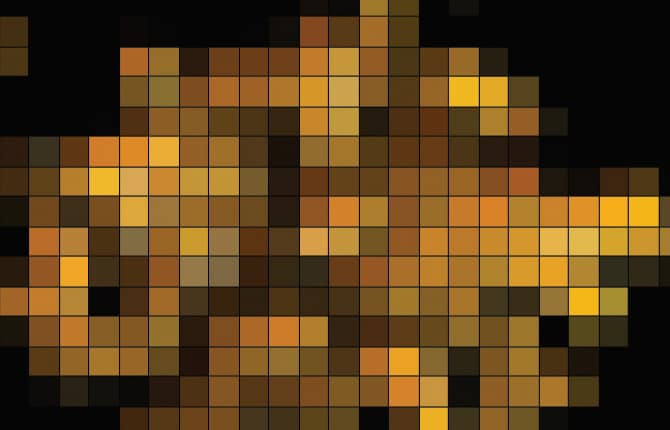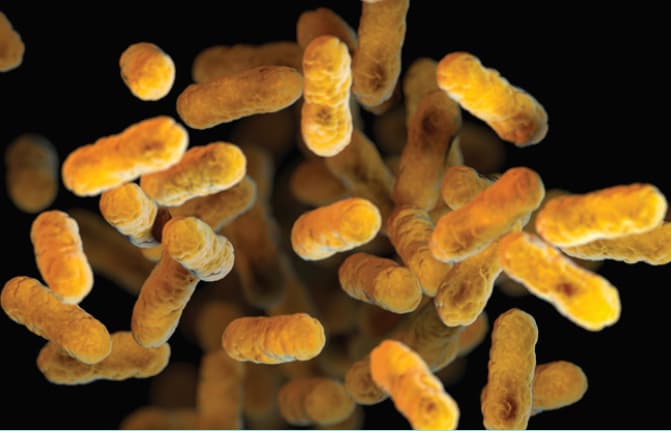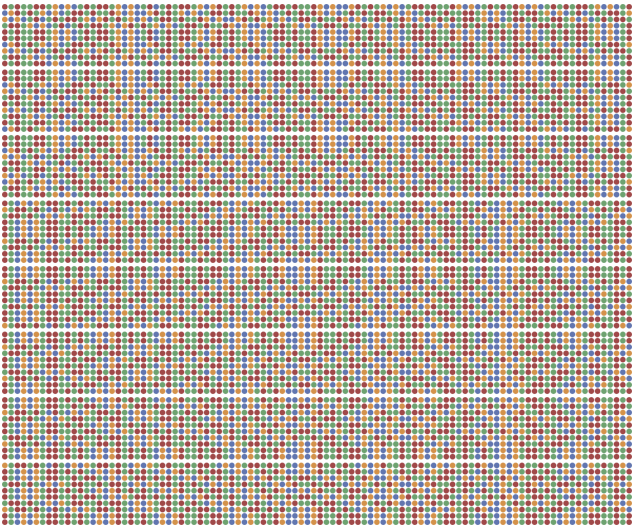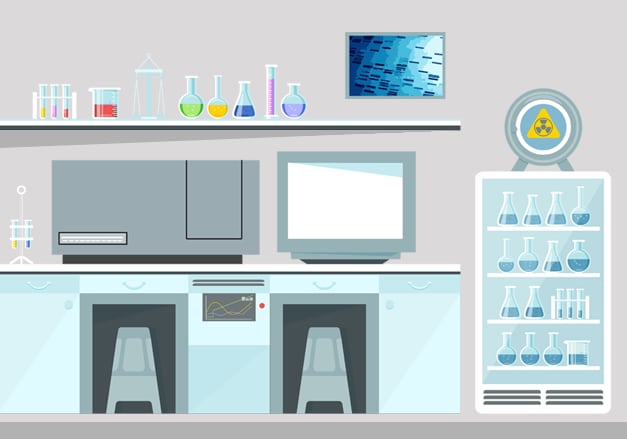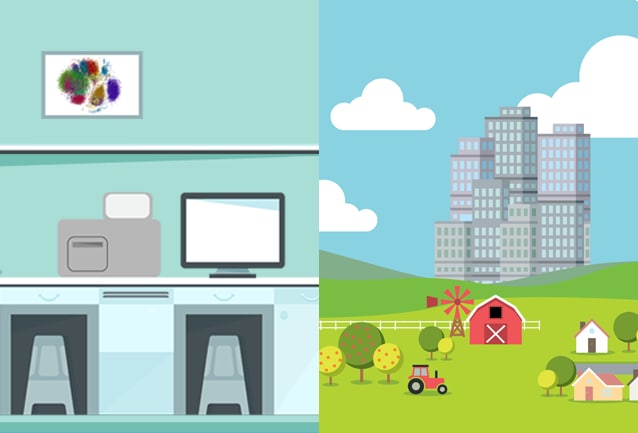Comparing DNA sequencing technology
CDC’s Advanced Molecular Detection Program uses revolutionary advances in DNA sequencing and bioinformatics technologies to transform the US public health system.
The invention of DNA sequencing in the 1970s allowed scientists to decode the DNA of pathogens that cause sickness and disease. Three decades later, the introduction of next-generation sequencing resulted in dramatic decreases in sequencing costs while greatly increasing the volume and complexity of sequence data produced. Today, the AMD program is transforming the way the US public health system responds to outbreaks. Next-generation sequencing offers key advantages for surveillance and outbreak response as compared to conventional technology in terms of speed and precision.
Conventional
Sequencing Machines
Next-Generation
Sequencing Machines
Conventional Sequencing Machine
Lower Resolution
When sequencing bacteria, conventional machines can decode short segments of 1,000 DNA base pairs at a time.
Lower Resolution
When sequencing bacteria, conventional machines can decode short segments of 1,000 DNA base pairs at a time.
Next-Generation Sequencing Machines
Far Higher Resolution
Alternatively, NGS devices can decode a whole genome with 5,000,000 DNA base pairs.
Far Higher Resolution
Alternatively, NGS devices can decode a whole genome with 5,000,000 DNA base pairs.
Conventional Sequencing Machine
2.1 Million DNA base pairs a day
Conventional sequencing methods often have a low-throughput, meaning they are limited by the amount of DNA that can be processed at a given time.
2.1 Million DNA base pairs a day
Conventional sequencing methods often have a low-throughput, meaning they are limited by the amount of DNA that can be processed at a given time.
Next-Generation Sequencing Machines
8 BILLION DNA base pairs a day
Next-generation sequencing machines have a higher-throughput which allows scientists to sequence massive amounts of DNA at once.
8 BILLION DNA base pairs a day
Next-generation sequencing machines have a higher-throughput which allows scientists to sequence massive amounts of DNA at once.
Conventional Sequencing Machine
In the lab
With conventional sequencing machines, testing is confined to the lab.
In the lab
With conventional sequencing machines, testing is confined to the lab.
Next-Generation Sequencing Machines
In the lab or in the field
New handheld devices makes NGS in remote field locations a practical option for infectious disease surveillance, diagnostics, and public health research.
In the lab or in the field
New handheld devices makes NGS in remote field locations a practical option for infectious disease surveillance, diagnostics, and public health research.
